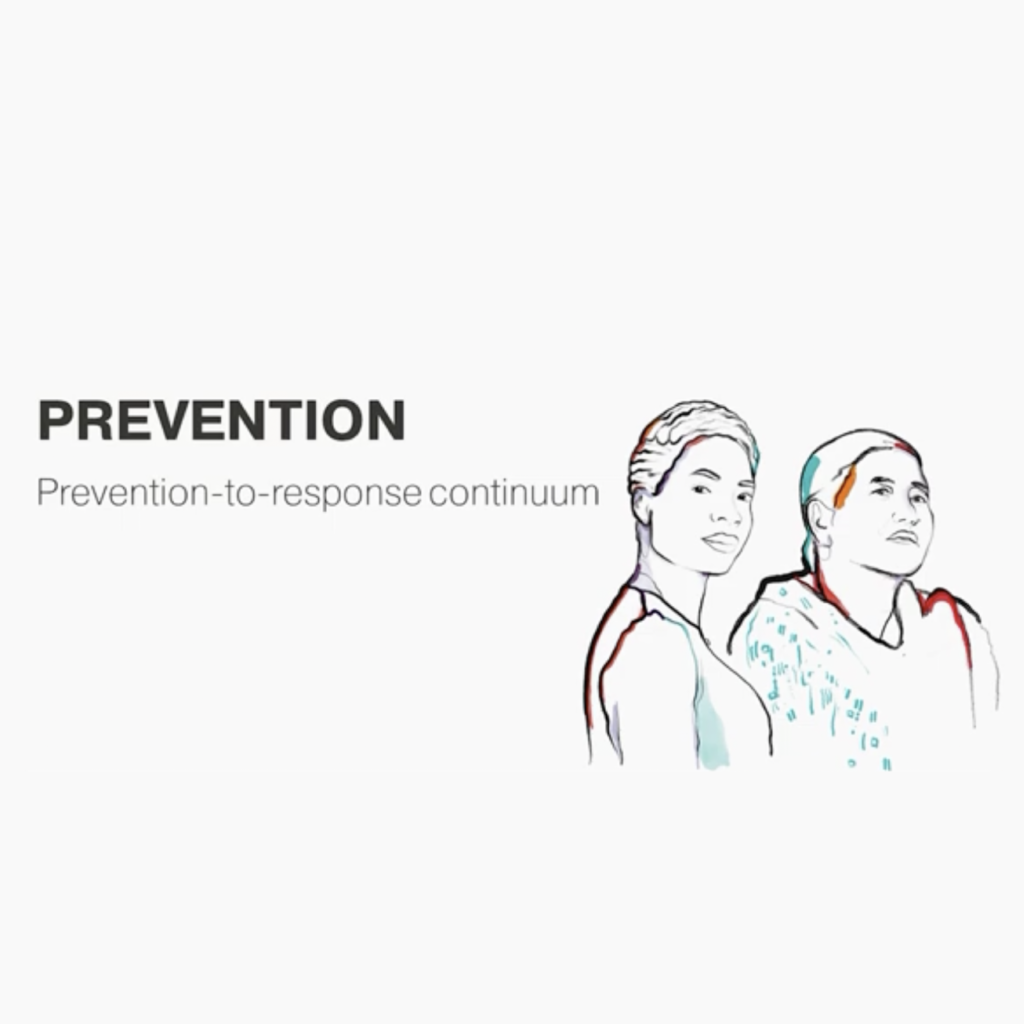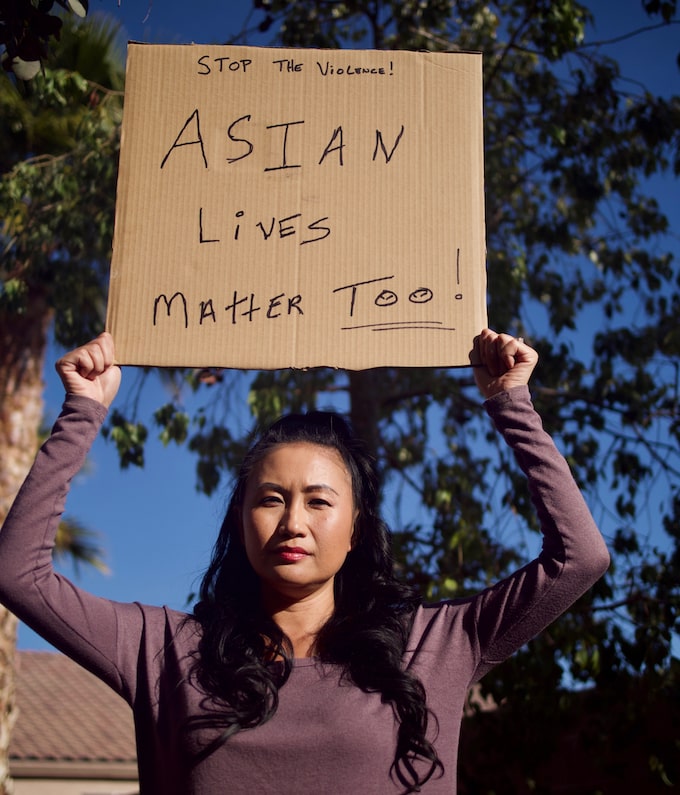
Given its high prevalence and negative consequences worldwide, there is an urgent need to address violence against women and their children. To do so effectively, programmes must work to curb future violence at the same time as they respond to the needs of today’s victims. Both prevention and response efforts are essential—and interlinked—but their logic differs. Preventing violence means stopping violence before it starts or reducing the frequency and severity of further episodes of violence where it has previously occurred. By contrast, response is about providing support and services to individuals who have experienced violence.
While addressing the needs of victims is critical, we cannot reduce today’s high levels of violence by assisting one survivor at a time. It is helpful to think about a continuum of prevention to response as part of a comprehensive, contextually adapted approach to addressing violence in the home – learn more here.
Prevention approaches address the multiple, inter-related factors that drive violence in the home; factors that operate at individual, interpersonal, community, and society levels. On this page, you will find resources that provide overviews on violence prevention. Please explore other sections of the Knowledge Hub for more information on prevention strategies, programme examples, and more.
A person experiencing domestic violence today needs help now. Yet without prevention, today’s children are at risk of becoming tomorrow’s victims.”
Lusungu Kalanga (2021)
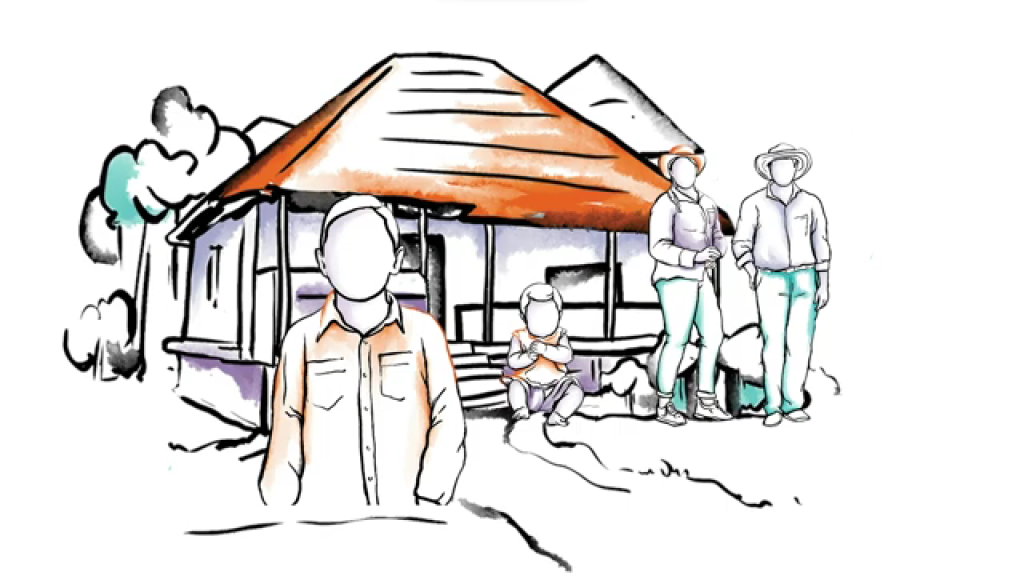
The Socio-ecological Model
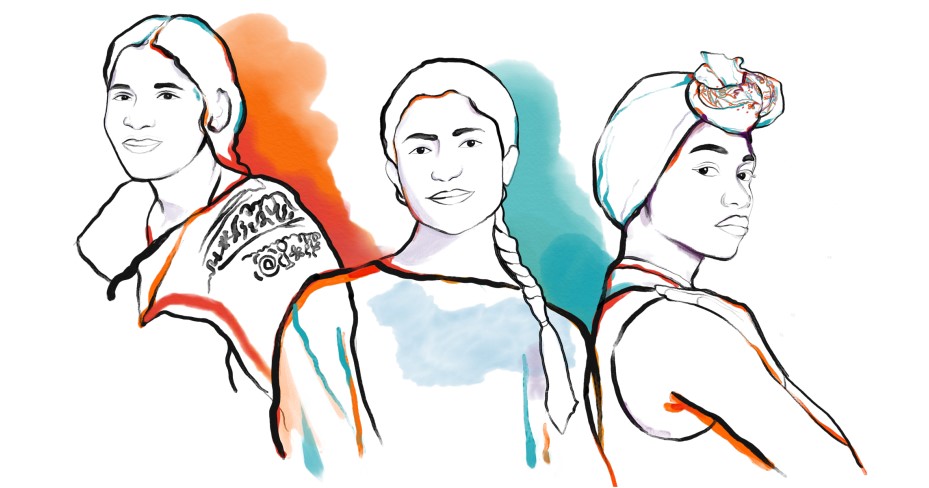
Prevention Essentials 1: What is Prevention of VAW?
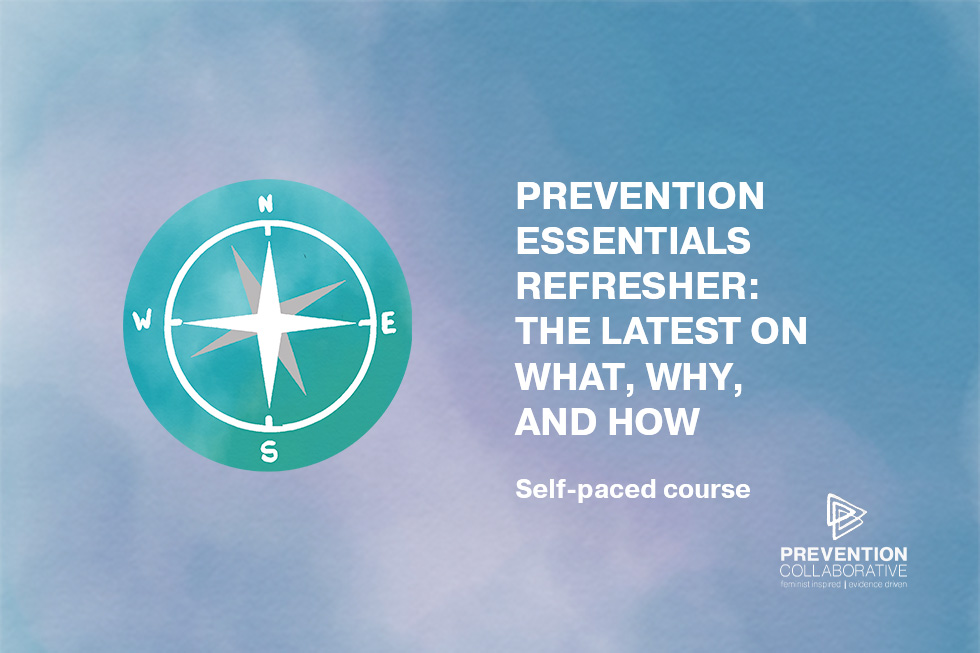
Prevention Essentials Refresher: The Latest on What, Why, & How (Self-paced)
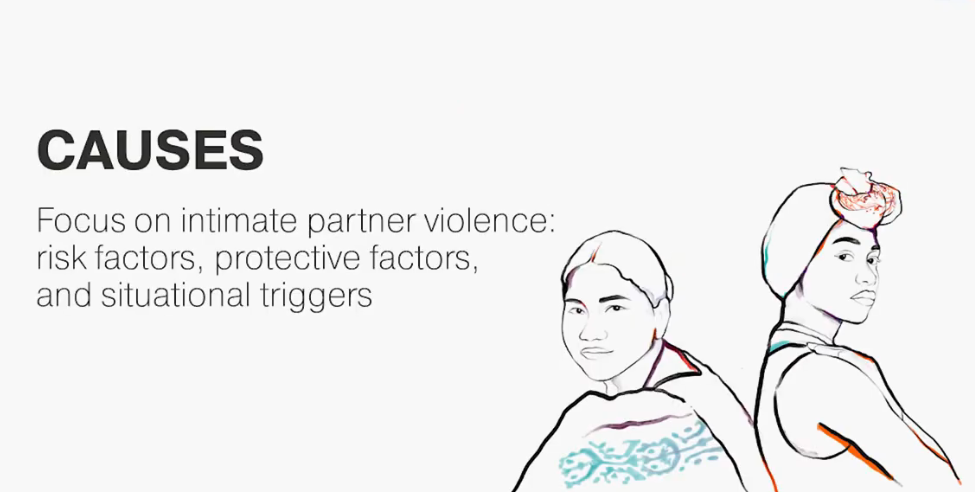
IPV Risk Factors, Protective Factors, and Situational Triggers
